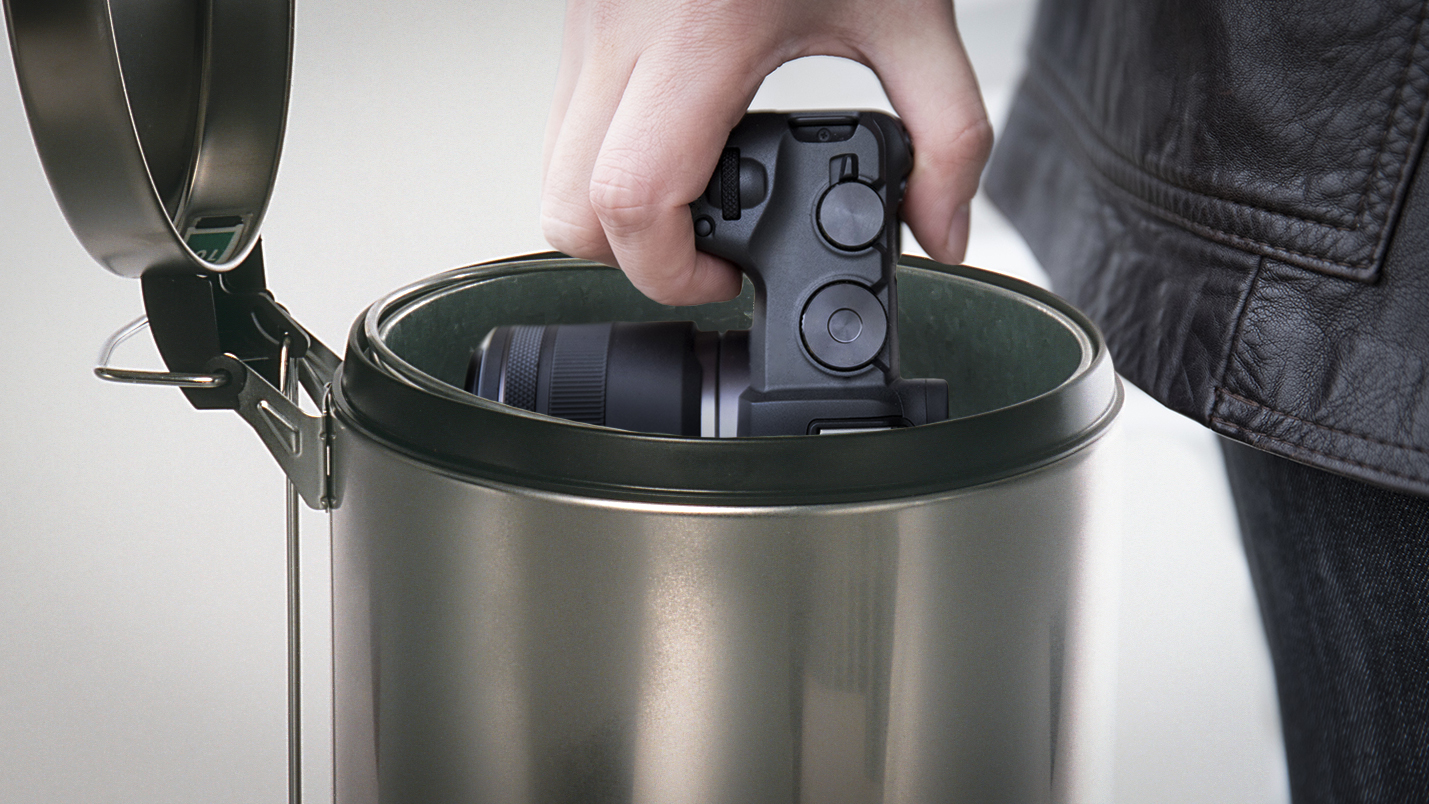
Picking the worst cameras of 2023 is tougher than it first sounds, because it's actually hard to find a truly bad camera these days. Yes there are the occasional dumpster fires like the Yashica Y35, but truly crap cameras are a bit of a rarity.
Still, just because a camera doesn't qualify for a poo emoji doesn't mean there's nothing wrong with it. From a single highly touted feature that flat-out doesn't work, to an entire camera so misguided that it leaves us wondering why it even exists, we've seen our share of clangers this year.
We've already picked the best cameras of 2023 so here are the year's worst cameras, picked by members of the DCW team, that we feel have some stank on them for one reason or another…
Kodak Ektar H35N
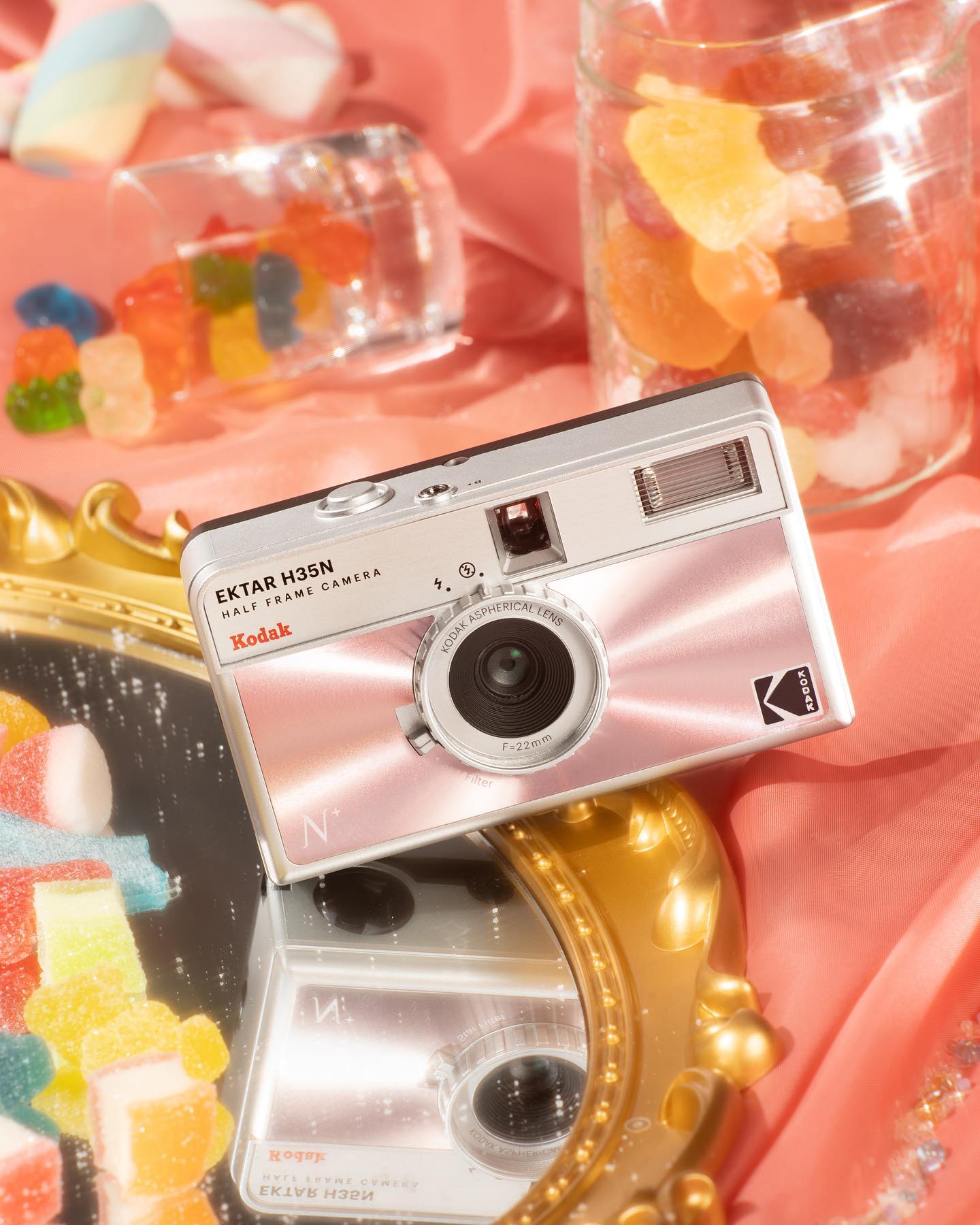
James Artaius
Editor
I hate to bag on the updated Ektar, as I love the fact that we're still getting new film cameras – especially half-frame ones, as I'm a big fan of old bodies like the OG Olympus Pen-F. However, while the original Kodak Ektar H35 was a big win for me, the "upgraded" H35N manages to take a few steps backwards.
The design is the first thing. I love the look of the original camera, which really nailed the vintage Kodak Instamatic aesthetic. But the H35N comes in some retina-scorching candy colors (along with an ugly "N+" on the front) and a needlessly shiny metallic finish. It just looks juvenile to me – I realize I'm middle-aged, but this is a an old film camera designed to appeal to middle-aged people like me who used to use them.
Also tacky is the star filter, which produces so many light streaks that even JJ Abrams would have a headache. And why do I have to take the battery out to adjust the aperture? This is supposed to be a fixed shutter (1/100 sec) fixed aperture camera, but given that the aperture does actually change (from f/11 to f/8) when you turn the flash on, why can't I have that choice myself? I'd take that switch over the star filter any day.
I love what Ektar did with the original camera – which is why I'll be sticking with it.
Sony ZV-1 II
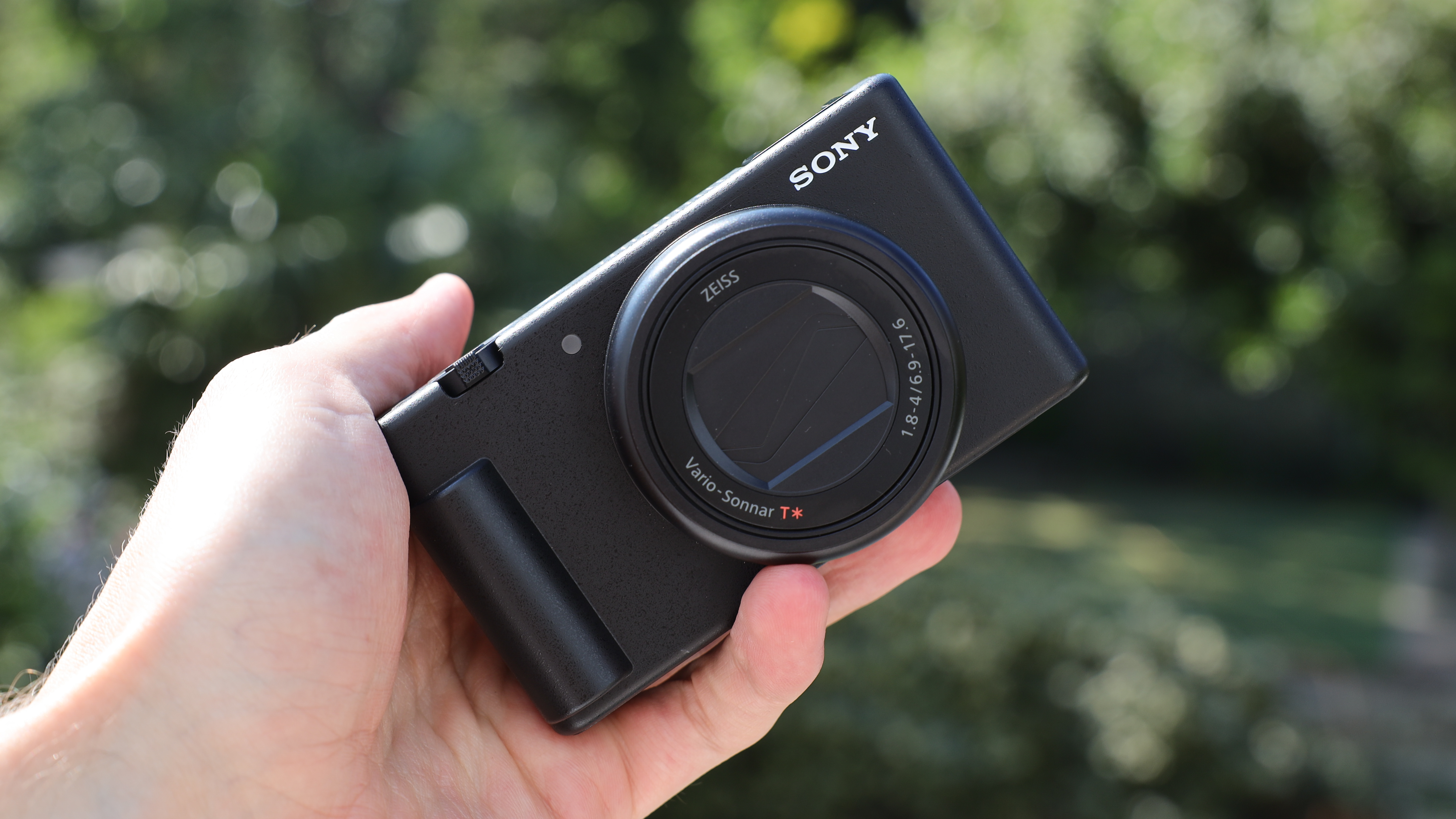
Gareth Bevan
Reviews Editor
Not a bad camera necessarily, but the underwhelming Sony ZV-1 II makes this list as potentially the most unnecessary camera update of the year. I really like a vlogging camera done right, but Sony's ZV lineup is just confusing with only marginal spec differences and a difficult-to-follow naming structure – and the ZV-1 II is just the pinnacle of that.
The ZV-1 II was a very minor update on the existing model, which added a slightly different focal length and optical image stabilization that really wasn't all that much more effective than without it. To confound things further, the ZV-1 II doesn't replace the ZV-1; instead, it's more of a variant, and both continue to be sold. As a final affront, the ZV-1 II also adds a couple hundred bucks to the price, making this just too expensive when it faces stiff competition from better and cheaper cameras – as well as the phone already in your pocket.
OM System Tough TG-7
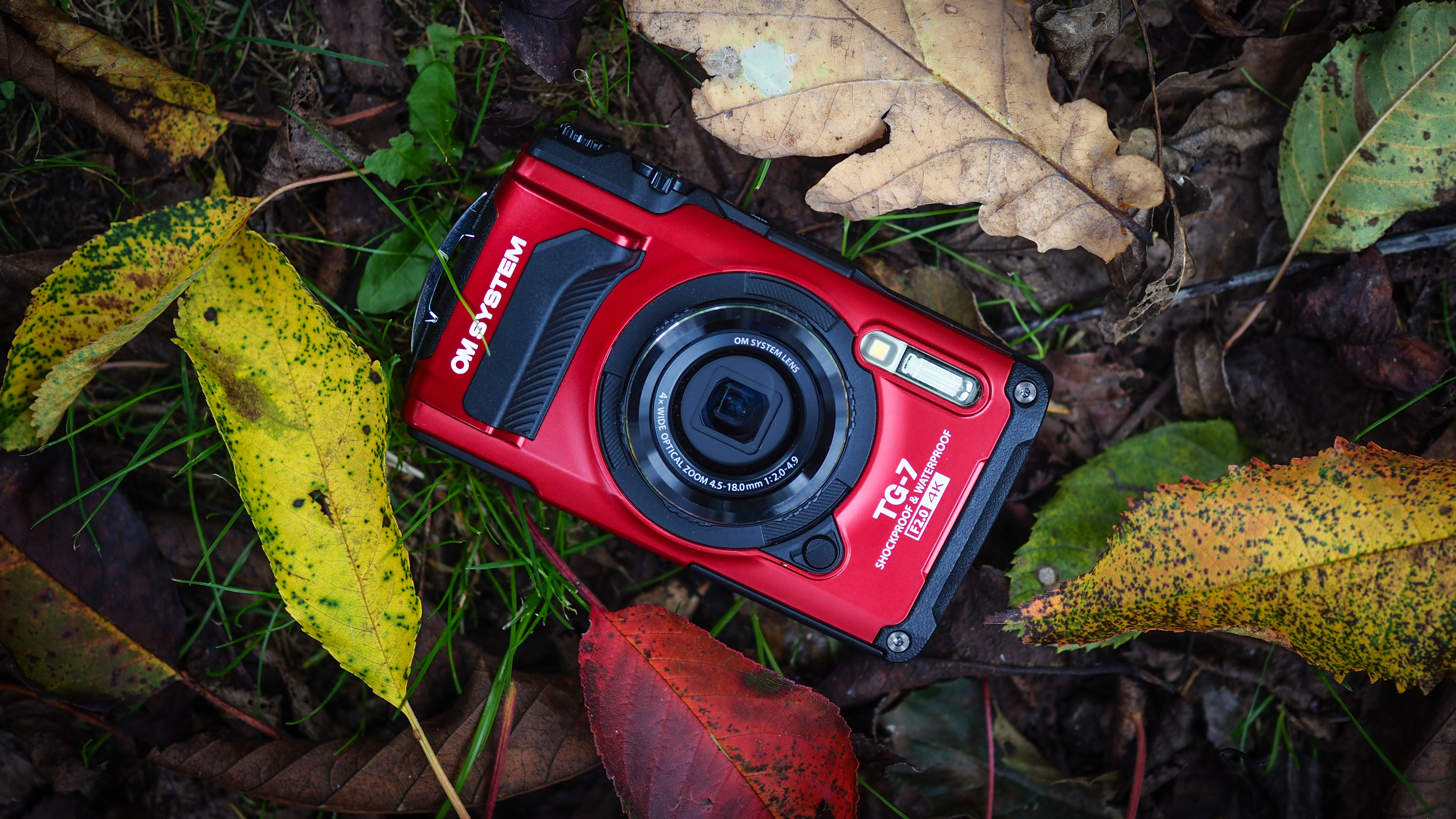
Ben Andrews
Lab Manager
The TG-7 represents the latest in a long line of excellent rugged cameras from Olympus. It may now be branded as an OM System product, but don't be deceived into thinking that it's a new camera. The vast majority of the OM System Tough TG-7 is identical to the preceding Olympus Tough TG-6, while the sensor and lens can be traced back to the even older TG-5 – a camera launched in 2017.
The TG-7's toughness credentials are also no better than the TG-6 or TG-5. Sure, OM System may have added some new rugged features to the TG-7, but many are niche software / firmware-based extras. So what we have here is essentially a six-year-old camera, with image quality that'd doubtless be trounced by even a midrange camera phone, yet OM System has seen fit to hike up the price to $550. When a Ricoh WG-80 can be had for around half the price of a TG-7, while boasting similar toughness and the same sized image sensor, the toughest thing about the TG-7 is justifying its price.
GoPro Hero 12 Black
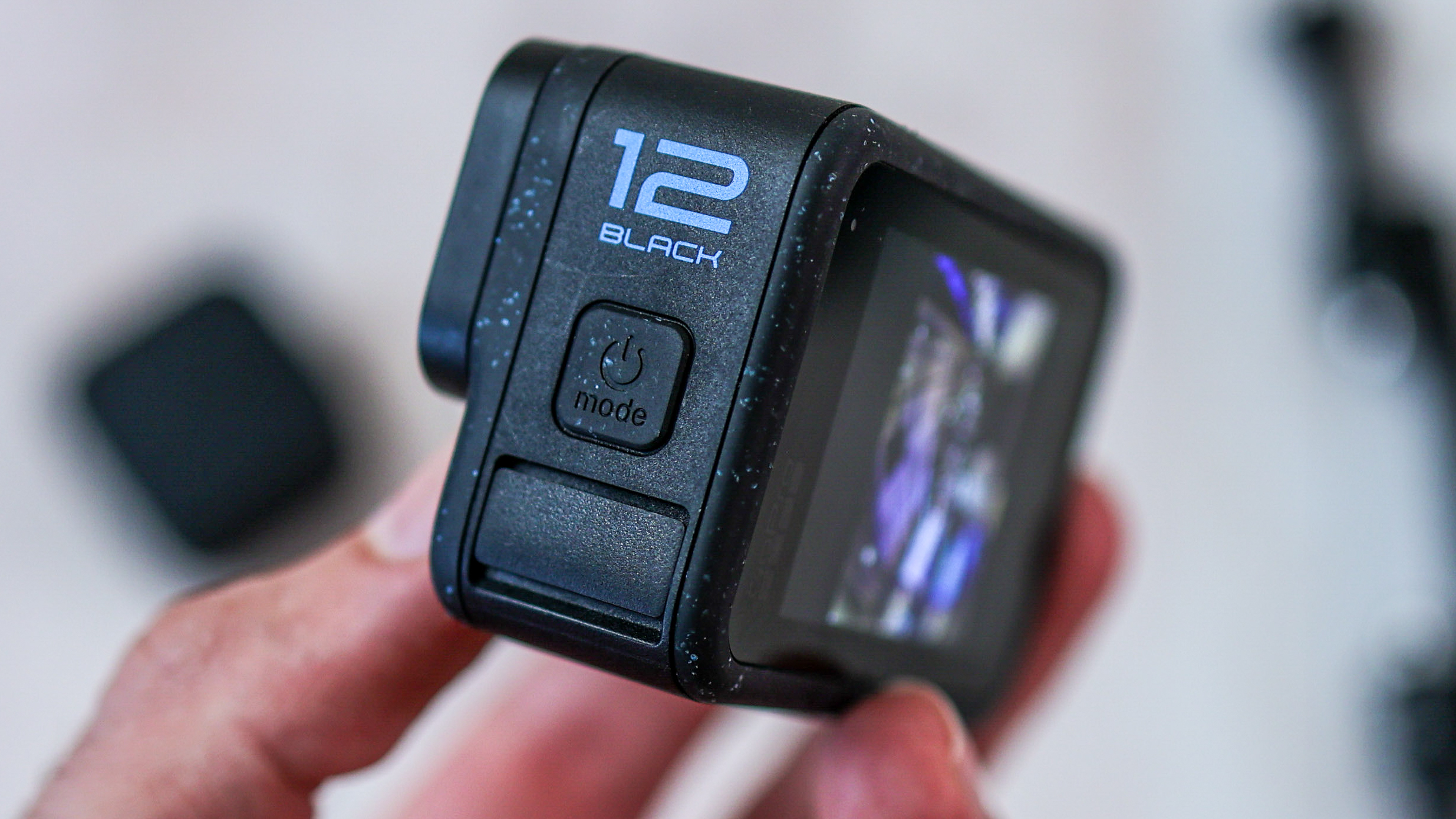
Adam Juniper
Managing Editor
For me, the most disappointing camera for 2023 has to be the GoPro Hero 12 Black. This camera has snatched away one of my favorite features of the GoPro, GPS, in what seems to be a deliberate insult to the idea that new is always better. At the same time, the core image sensor has remained unchanged from the previous generation.
While the optics are nothing to sniff about, it doesn’t love low light – and in the same year not one but two competitors have managed to get bigger imaging chips in their action cameras. First it was the DJI Osmo Action 4 (which knocked the GoPro off the top spot on our list of the best action cameras as a result) then, just before the end of the year, Insta360 even managed to innovate the action camera body shape with the Ace Pro, which gets a flip out screen and 8K recording.
It's not really that there is much wrong with the GoPro Hero 12 Black. The ability to use AirPods as a mic is nice. It's more that – by actually removing a loved feature, albeit a niche one – the device highlights the direction of travel at GoPro, which is also hard to love at the moment.
Canon PowerShot V10

Chris George
Content DIrector
I remember a time when Canon just produced concept cameras that got rolled out at big exhibitions, but never made it beyond the prototype stage. But nowadays, it seems, Canon is being bolder and bringing its cameras of the future to reality.
The PowerShot V10 is the latest. It is a cute and clever design. The size of pack of cigarettes, it neatly transforms into a vlogging camera. Its USP is that it has a flip-up rear screen, a fixed wide-angle lens and a built-in tabletop stand.
But what I hate is that to use it, unless you're brave enough to stream live, you need to connect it to something else – so you can send your video to Facebook, TikTok or wherever. The simple solution, Canon says, is connect it wirelessly to your phone. But I say, why not just use your phone – or better still, why not build a camera with built-in cellular connectivity? Now that's something I'd love to see in lots of cameras!
Want more what than chaff? Check out the best cameras for photography, including some of the best DSLRs, the best mirrorless cameras, and the best medium format cameras!







